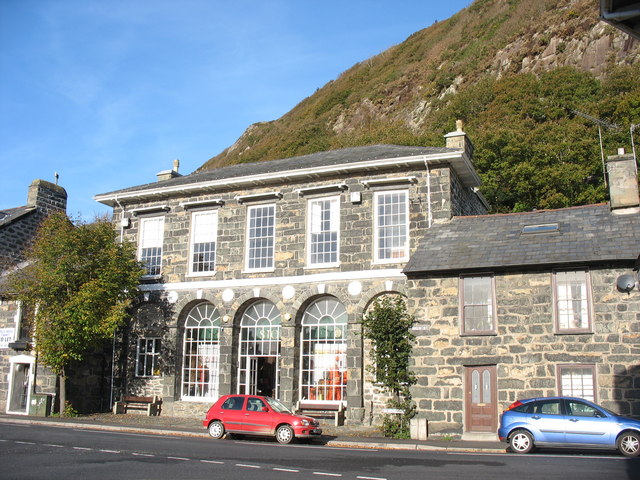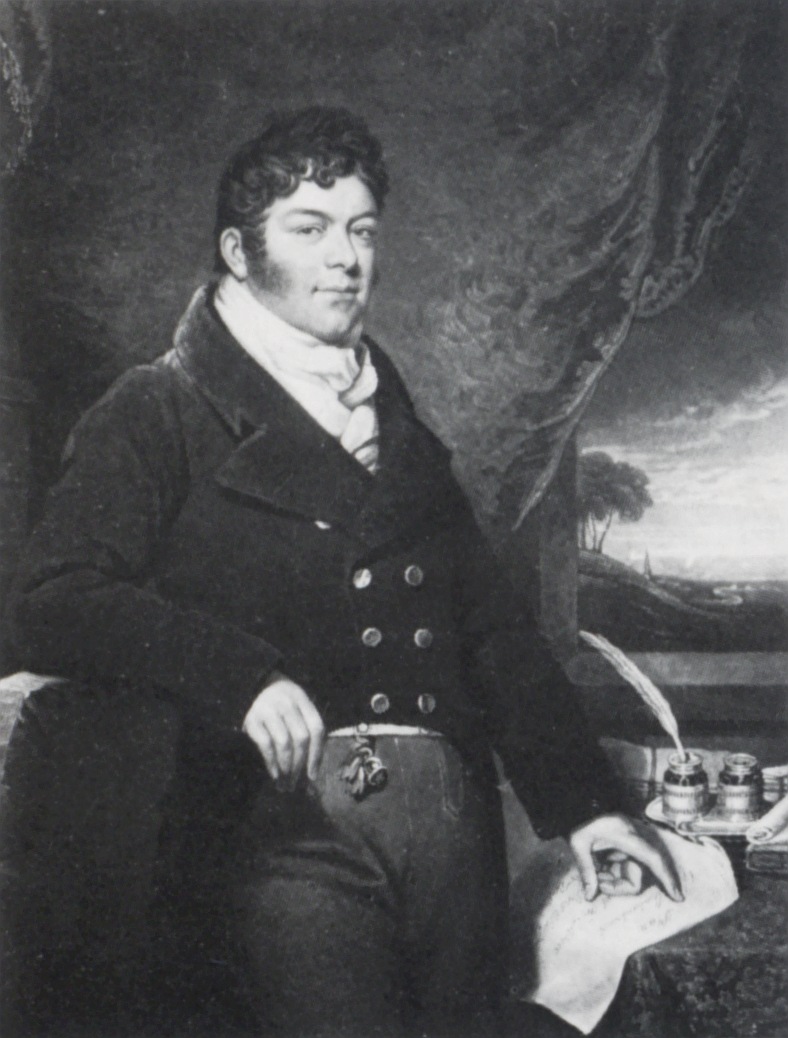|
Angelina (trilobite)
''Angelina'' Salter, 1859, is a genus of ptychopariid trilobite belonging to the Family Olenidae, Suborder olenina. It lived during the Tremadocian Stage, lowermost of the two standard worldwide divisions forming the Lower Ordovician Series and lowest of the seven stages within the Ordovician System. It encompasses all rocks formed during Tremadocian times, which spanned the interval between 485.4 million and 477.7 million years ago. Fossilized remains of ''Angelina'' are known from Wales, Central and South America. It differs from most other Triarthrinae in being larger, with a relatively narrow glabella, the occipital ring poorly defined, and lateral glabellar furrows relatively obscure. Eyes are placed midlength that of the cephalon and the facial sutures converge on the front border at the midline. Species also have long genal spines. The type species, ''Angelina sedgwickii'' Salter, 1859, was named for the Revd. Adam Sedgwick, the 19th Century Cambridge geologist who ... [...More Info...] [...Related Items...] OR: [Wikipedia] [Google] [Baidu] |
Ordovician
The Ordovician ( ) is a geologic period and system, the second of six periods of the Paleozoic Era. The Ordovician spans 41.6 million years from the end of the Cambrian Period million years ago (Mya) to the start of the Silurian Period Mya. The Ordovician, named after the Welsh tribe of the Ordovices, was defined by Charles Lapworth in 1879 to resolve a dispute between followers of Adam Sedgwick and Roderick Murchison, who were placing the same rock beds in North Wales in the Cambrian and Silurian systems, respectively. Lapworth recognized that the fossil fauna in the disputed strata were different from those of either the Cambrian or the Silurian systems, and placed them in a system of their own. The Ordovician received international approval in 1960 (forty years after Lapworth's death), when it was adopted as an official period of the Paleozoic Era by the International Geological Congress. Life continued to flourish during the Ordovician as it did in the earlier C ... [...More Info...] [...Related Items...] OR: [Wikipedia] [Google] [Baidu] |
Glabella
The glabella, in humans, is the area of skin between the eyebrows and above the nose. The term also refers to the underlying bone that is slightly depressed, and joins the two brow ridges. It is a cephalometric landmark that is just superior to the nasion. Etymology The term for the area is derived from the Latin , meaning 'smooth, hairless'. In medical science The skin of the glabella may be used to measure skin turgor in suspected cases of dehydration In physiology, dehydration is a lack of total body water, with an accompanying disruption of metabolic processes. It occurs when free water loss exceeds free water intake, usually due to exercise, disease, or high environmental temperature. Mi ... by gently pinching and lifting it. When released, the glabella of a dehydrated patient tends to remain extended ("tented"), rather than returning to its normal shape. See also * Glabellar reflex References Bones of the head and neck {{musculoskeletal-stub ... [...More Info...] [...Related Items...] OR: [Wikipedia] [Google] [Baidu] |
Ordovician Mexico
The Ordovician ( ) is a geologic period and system, the second of six periods of the Paleozoic Era. The Ordovician spans 41.6 million years from the end of the Cambrian Period million years ago (Mya) to the start of the Silurian Period Mya. The Ordovician, named after the Welsh tribe of the Ordovices, was defined by Charles Lapworth in 1879 to resolve a dispute between followers of Adam Sedgwick and Roderick Murchison, who were placing the same rock beds in North Wales in the Cambrian and Silurian systems, respectively. Lapworth recognized that the fossil fauna in the disputed strata were different from those of either the Cambrian or the Silurian systems, and placed them in a system of their own. The Ordovician received international approval in 1960 (forty years after Lapworth's death), when it was adopted as an official period of the Paleozoic Era by the International Geological Congress. Life continued to flourish during the Ordovician as it did in the earlier Cambrian Peri ... [...More Info...] [...Related Items...] OR: [Wikipedia] [Google] [Baidu] |
Early Ordovician Trilobites Of Europe
{{disambiguation, geo ...
Early may refer to: History * The beginning or oldest part of a defined historical period, as opposed to middle or late periods, e.g.: ** Early Christianity ** Early modern Europe Places in the United States * Early, Iowa * Early, Texas * Early Branch, a stream in Missouri * Early County, Georgia Other uses * ''Early'' (Scritti Politti album), 2005 * ''Early'' (A Certain Ratio album), 2002 * Early (name) * Early effect, an effect in transistor physics * Early Records, a record label * the early part of the morning See also * Earley (other) Earley is a town in England. Earley may also refer to: * Earley (surname), a list of people with the surname Earley * Earley (given name), a variant of the given name Earlene *Earley Lake, a lake in Minnesota *Earley parser, an algorithm *Earley a ... [...More Info...] [...Related Items...] OR: [Wikipedia] [Google] [Baidu] |
Ptychopariida Genera
Ptychopariida is a large, heterogeneous order of trilobite containing some of the most primitive species known. The earliest species occurred in the second half of the Lower Cambrian, and the last species did not survive the Ordovician–Silurian extinction event. Trilobites have facial sutures that run along the margin of the glabella and/or fixigena to the shoulder point where the cephalon meets the thorax. These sutures outline the cranidium, or the main, central part of the head that does not include the librigena (free cheeks). The eyes are medial along the glabella on the suture line (and some species have no eyes). The fossils of the moults of trilobites can often be told from the fossils of the actual animals by whether the librigena are present. (The librigena, or cheek spines, detach during moulting.) In ptychopariids, short bladelike genal spines are often present on the tips of the librigena. The thorax is large and is typically made up of eight or more segments. ... [...More Info...] [...Related Items...] OR: [Wikipedia] [Google] [Baidu] |
Fossilworks
Fossilworks is a portal which provides query, download, and analysis tools to facilitate access to the Paleobiology Database, a large relational database assembled by hundreds of paleontologists from around the world. History Fossilworks was created in 1998 by John Alroy and is housed at Macquarie University. It includes many analysis and data visualization tools formerly included in the Paleobiology Database.{{cite web, title=Frequently asked questions, url=http://www.fossilworks.org/cgi-bin/bridge.pl?page=FAQ, publisher=Fossilworks, access-date=17 December 2021 References {{Reflist External links {{Wikidata property, P842 * [Baidu] |
Tremadog
Tremadog (formerly Tremadoc) is a village in the community of Porthmadog, in Gwynedd, north west Wales; about north of Porthmadog town-centre. It was a planned settlement, founded by William Madocks, who bought the land in 1798. The centre of Tremadog was complete by 1811 and remains substantially unaltered. Tremadog hosted an unofficial National Eisteddfod event in 1872. Planning By mid-1805, Madocks had already built some houses on the site of Tremadog, for he wrote to the Post-Master at Caernarfon informing him that letters addressed to Pentre-Gwaelod should be delivered to the new houses he had built on Traeth Mawr, near Tan-yr-Allt. Pentre-Gwaelod translates as Bottom Village, but Madocks had grander plans, for aldermen and a mayor had been appointed, and he corrected the word "village" in a letter written soon afterwards to read "borough". He planned it himself, perhaps with some help from architectural friends and architectural books, but his letters reveal that ... [...More Info...] [...Related Items...] OR: [Wikipedia] [Google] [Baidu] |
Snowdon
Snowdon () or (), is the highest mountain in Wales, at an elevation of above sea level, and the highest point in the British Isles outside the Scottish Highlands. It is located in Snowdonia National Park (') in Gwynedd (historic county of Caernarfonshire). On 17 November 2022, the Snowdonia National Park Authority announced they are to use the Welsh name ''Yr Wyddfa'' for ''Snowdon'' and ''Eryri'' for ''Snowdonia'' in all circumstances and capacities, in English and Welsh. It is the busiest mountain in the United Kingdom and the third most visited attraction in Wales; in 2019 it was visited by 590,984 walkers, with an additional 140,000 people taking the train. It is designated as a national nature reserve for its rare flora and fauna. The rocks that form Snowdon were produced by volcanoes in the Ordovician period, and the massif has been extensively sculpted by glaciation, forming the pyramidal peak of Snowdon and the arêtes of Crib Goch and Y Lliwedd. Th ... [...More Info...] [...Related Items...] OR: [Wikipedia] [Google] [Baidu] |
North West Wales
North West Wales ( cy, Gogledd-Orllewin Cymru) refers to an area or region of Wales, commonly defined as a grouping of the principal areas of Conwy County Borough, Gwynedd and the Isle of Anglesey in the north-west of the country. These principal areas make up the entire preserved county of Gwynedd, and parts of Clwyd. It is bordered by Denbighshire, in North East Wales to the east, Powys, and Ceredigion in Mid Wales to the south, and the Irish sea to the north and west (as Cardigan Bay). It is the more mountainous, rural, and sparsely populated part of the north Wales geographic region. Settlements include: Bangor, Caernarfon, Colwyn Bay, Holyhead, Llandudno, and Pwllheli. The port of Holyhead serves as the major sea link between Wales and the Republic of Ireland. Snowdonia National Park is located wholly in the area, hosting Snowdon, the largest peak in Britain and Ireland excluding the Scottish Highlands. The area also hosts AONBs (Area of Outstanding Natural Beauty) in ... [...More Info...] [...Related Items...] OR: [Wikipedia] [Google] [Baidu] |
Porthmadog
Porthmadog (; ), originally Portmadoc until 1974 and locally as "Port", is a Welsh coastal town and community in the Eifionydd area of Gwynedd and the historic county of Caernarfonshire. It lies east of Criccieth, south-west of Blaenau Ffestiniog, north of Dolgellau and south of Caernarfon. The community population of 4,185 in the 2011 census was put at 4,134 in 2019. It grew in the 19th century as a port for local slate, but as the trade declined, it continued as a shopping and tourism centre, being close to Snowdonia National Park and the Ffestiniog Railway. The 1987 National Eisteddfod was held there. It includes nearby Borth-y-Gest, Morfa Bychan and Tremadog. History Porthmadog came about after William Madocks built a sea wall, the ''Cob'', in 1808–1811 to reclaim much of Traeth Mawr from the sea for farming use. Diversion of the Afon Glaslyn caused it to scour out a new natural harbour deep enough for small ocean-going sailing ships,John Dobson and Roy Wood ... [...More Info...] [...Related Items...] OR: [Wikipedia] [Google] [Baidu] |
Cambridge
Cambridge ( ) is a university city and the county town in Cambridgeshire, England. It is located on the River Cam approximately north of London. As of the 2021 United Kingdom census, the population of Cambridge was 145,700. Cambridge became an important trading centre during the Roman and Viking ages, and there is archaeological evidence of settlement in the area as early as the Bronze Age. The first town charters were granted in the 12th century, although modern city status was not officially conferred until 1951. The city is most famous as the home of the University of Cambridge, which was founded in 1209 and consistently ranks among the best universities in the world. The buildings of the university include King's College Chapel, Cavendish Laboratory, and the Cambridge University Library, one of the largest legal deposit libraries in the world. The city's skyline is dominated by several college buildings, along with the spire of the Our Lady and the English Marty ... [...More Info...] [...Related Items...] OR: [Wikipedia] [Google] [Baidu] |



